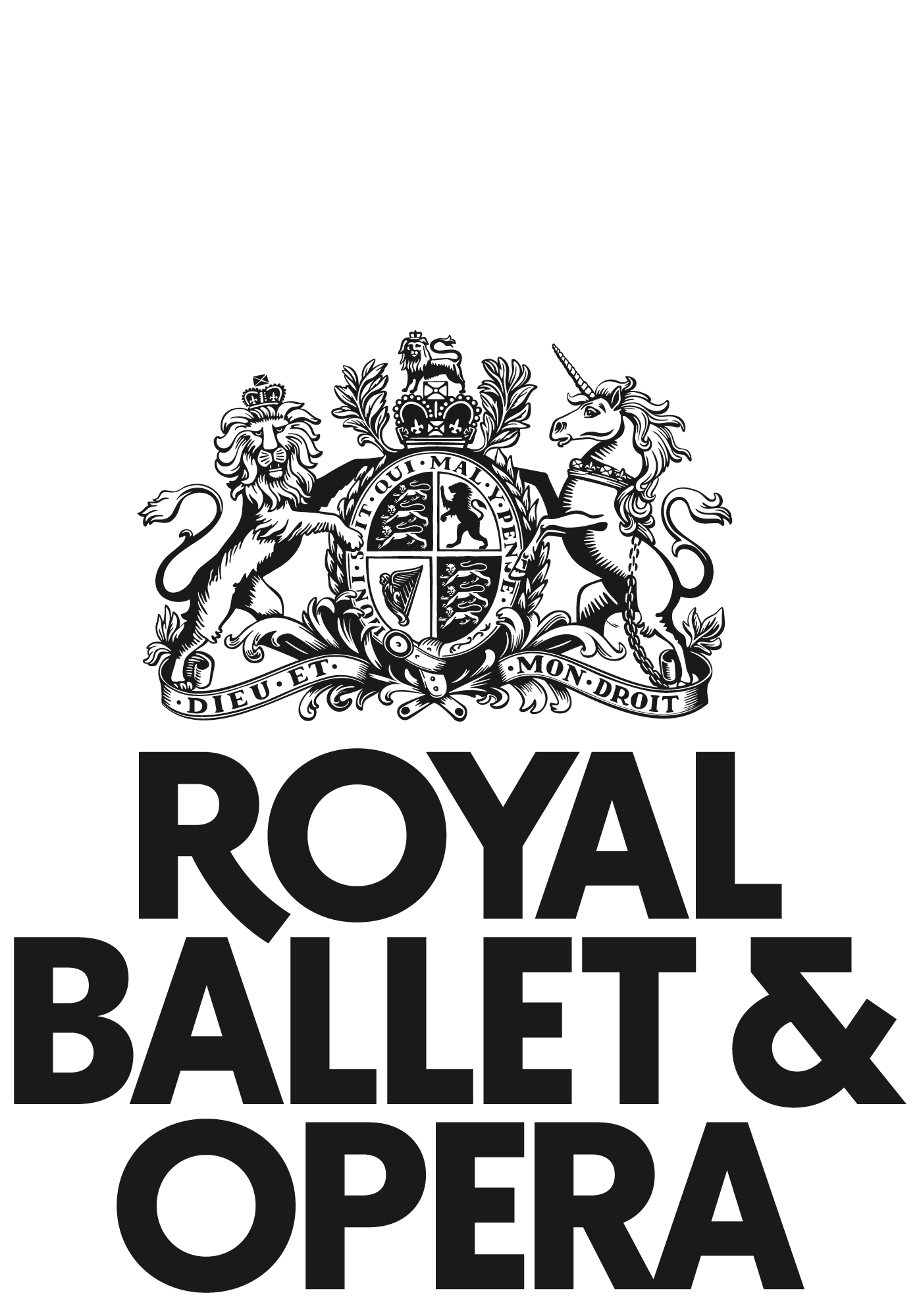News

Remembering Lynn Seymour (1939–2023)
Remembering Lynn Seymour (1939–2023)
The former Royal Ballet Principal created major roles for Ashton and MacMillan and was celebrated for her dramatic theatrical powers on stage.
The former Royal Ballet Principal created major roles for Ashton and MacMillan and was celebrated for her dramatic theatrical powers on stage.
The Royal Ballet is deeply saddened to hear of the death of Lynn Seymour on 7 March on the eve of her 84th birthday.
Seymour was born in Wainwright, Alberta, and studied ballet in Vancouver, and at London’s Sadler’s Wells Ballet School. She joined Covent Garden Opera Ballet in 1956, The Royal Ballet Touring Company in 1957 and The Royal Ballet in 1958. She was promoted to Principal in 1959. In 1958, she created Adolescent in Kenneth MacMillan’s The Burrow, and then went on to create roles for him including Fiancée in Le Baiser de la fée (1960) and Girl in The Invitation (1962). MacMillan also created Juliet (Romeo and Juliet) on her, and though Margot Fonteyn danced the role in the ballet’s premiere, she went on to perform the role opposite Rudolf Nureyev as Romeo.
Other roles that Seymour created included Young Girl in Ashton’s The Two Pigeons (1961), which marked the beginning of her much-praised partnership with fellow Royal Ballet Principal Christopher Gable. As a Royal Ballet Principal, Seymour danced roles including: Odette/Odile (Petipa and Ivanov’s Swan Lake); the title role of Perrot, Coralli and Petipa’s Giselle; and Ophelia (Helpmann’s Hamlet). She was also in Ashton’s Les Patineurs, MacMillan’s Images of Love and Song of the Earth and Cranko’s Card Game. She left The Royal Ballet in 1966 to become prima ballerina at Berlin Opera Ballet under Kenneth MacMillan’s direction. She remained there until 1969 and danced in the first performance of MacMillan’s Concerto and as Anna Anderson in MacMillan’s one-act version of Anastasia (1967).
From 1971 to 1978, Seymour returned to The Royal Ballet as a guest artist, specializing in works by Ashton and MacMillan. She created the title role in MacMillan’s three-act version of Anastasia (1971), Queen of the Cabaret in The Seven Deadly Sins (1973) and Mary Vetsera in Mayerling (1978) for MacMillan. Ashton created the role of Natalia Petrovna (A Month in the Country) and the solo Five Brahms Waltzes in the Manner of Isadora Duncan on her in 1976. She also appeared as Aurora (Petipa’s The Sleeping Beauty), Manon (MacMillan’s Manon), the Fairy Summer (Ashton’s Cinderella), Terpischore (Balanchine’s Apollo), and in Robbins’s Dances at a Gathering and The Concert and MacMillan’s Symphony, Rituals, The Four Seasons and Solitaire among other ballets. She was made a CBE in 1976. She went on to become Artistic Director of Munich State Ballet (1978–80) and to choreograph works for Rambert Dance Company, Sadler’s Wells Royal Ballet and Galina Samsova in the 1970s and 80s. She came out of retirement in 1989 to dance Tatiana in Cranko’s Onegin for English National Ballet and MacMillan’s Anastasia in New York, and in the 1990s danced with Adventures in Motion Pictures in Matthew Bourne’s Swan Lake and as the Stepmother in Cinderella, a role she created. Her final administrative post was as Artistic Director of Greek National Ballet (2006–7). The Royal Ballet School’s Lynn Seymour Award for Expressive Dance is named after her.
Kevin O’Hare, Director of The Royal Ballet, said ‘Lynn was an extraordinary force of the ballet world, possessed of the most startling and spontaneous dramatic gifts that infused her every performance. The Royal Ballet repertory’s owes much to her magnetic stage presence, deeply affecting across her gentle and poignant characterisation in ballets like Ashton’s The Two Pigeons and A Month in the Country, to the searing emotions of The Invitation, Romeo and Juliet, Mayerling and Anastasia by Kenneth MacMillan who established her as the leading dance-actress of her generation. Having been lucky enough as a young dancer to witness her artistry, and later to work with her, I will treasure special memories of her unique gifts and The Royal Ballet will be forever indebted to her.’
Royal Opera House Covent Garden Foundation, a charitable company limited by guarantee incorporated in England and Wales (Company number 480523) Charity Registered (Number 211775)
